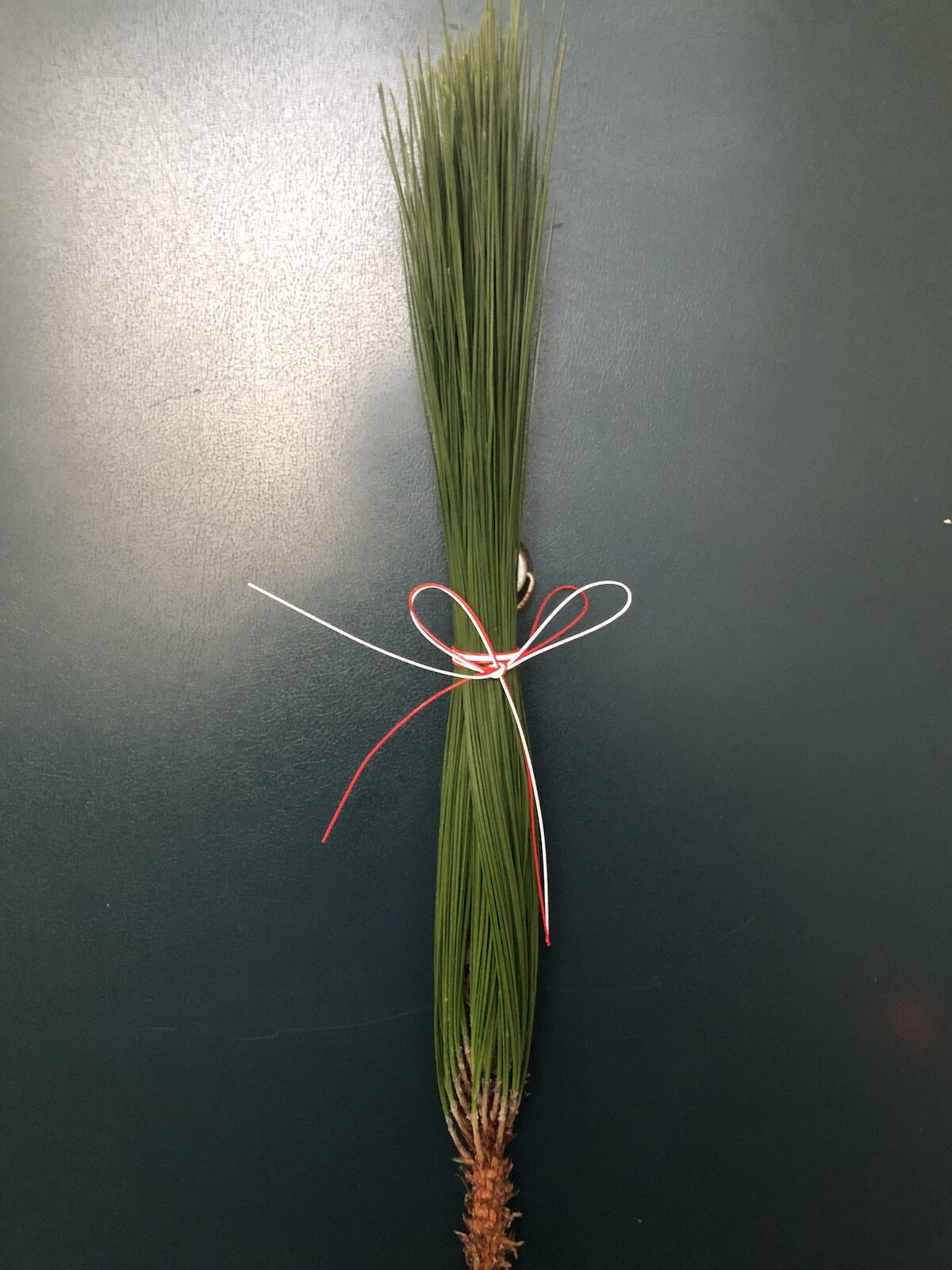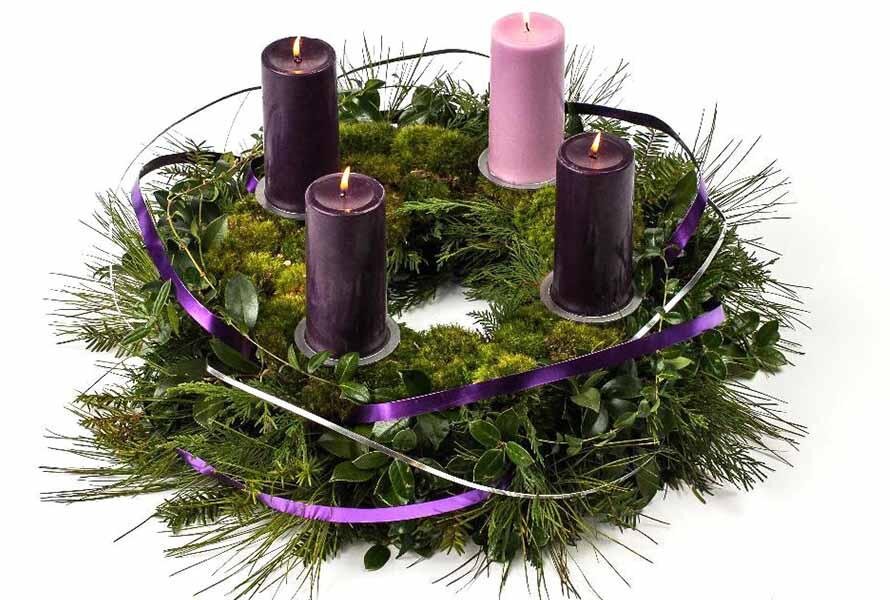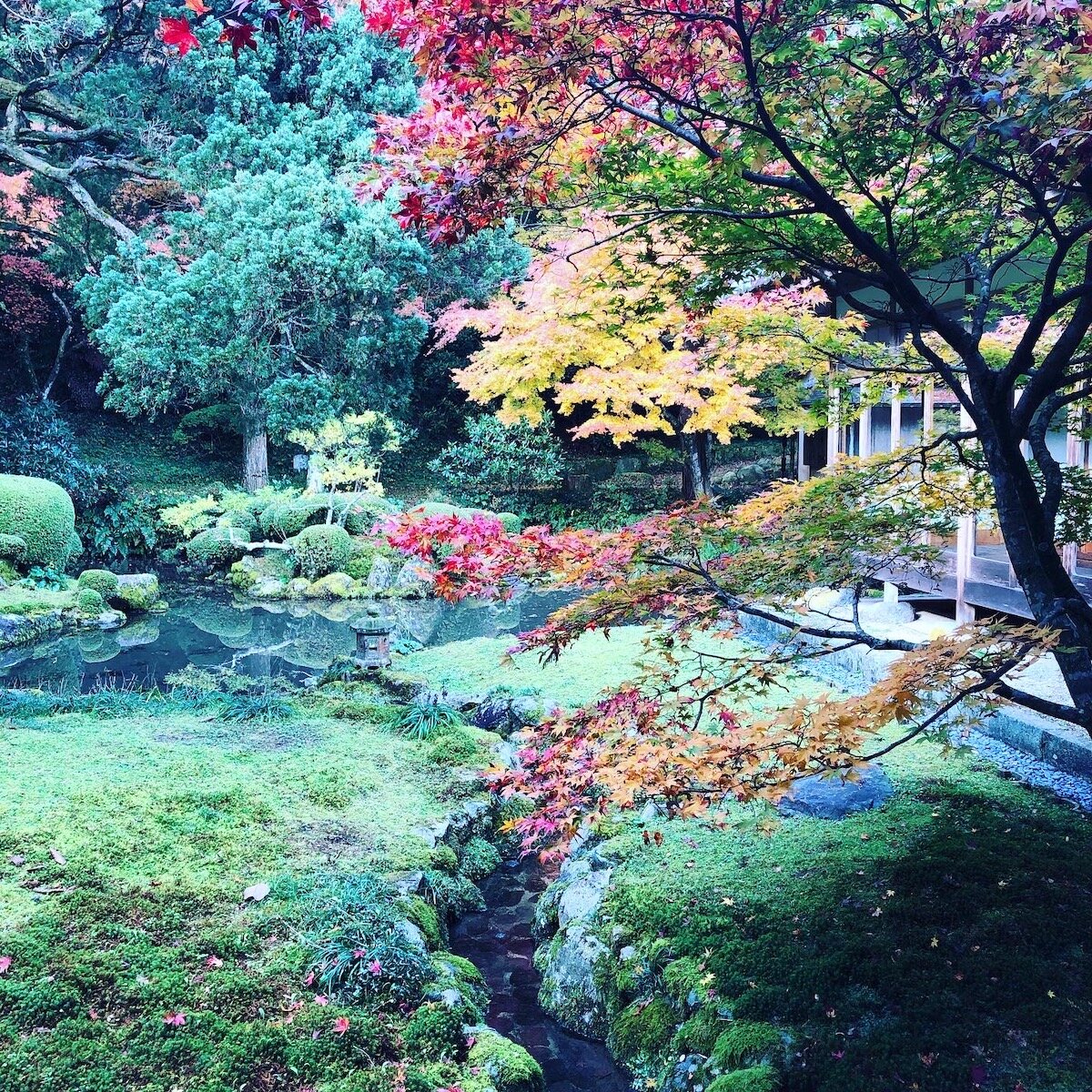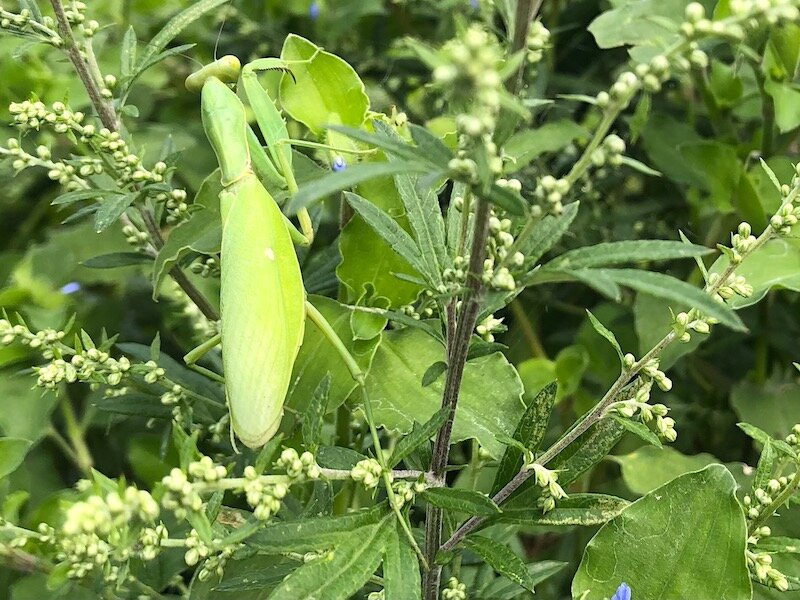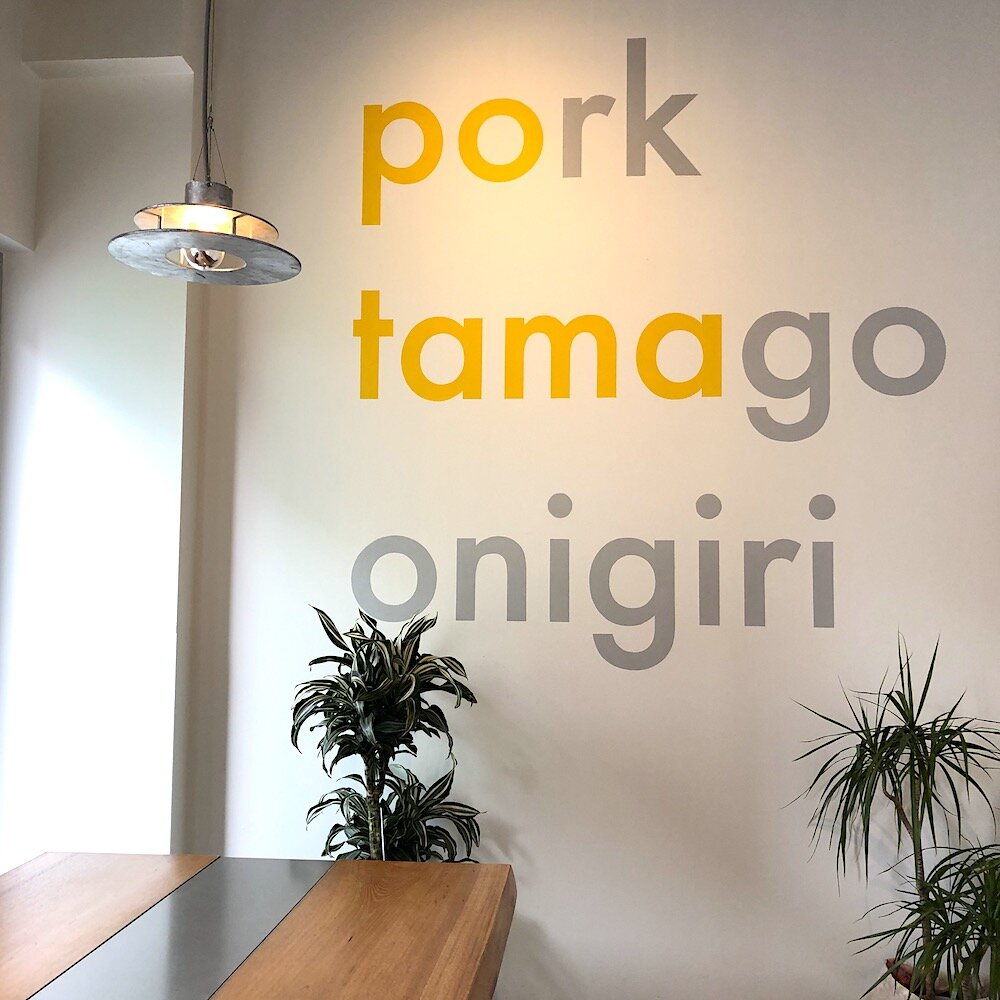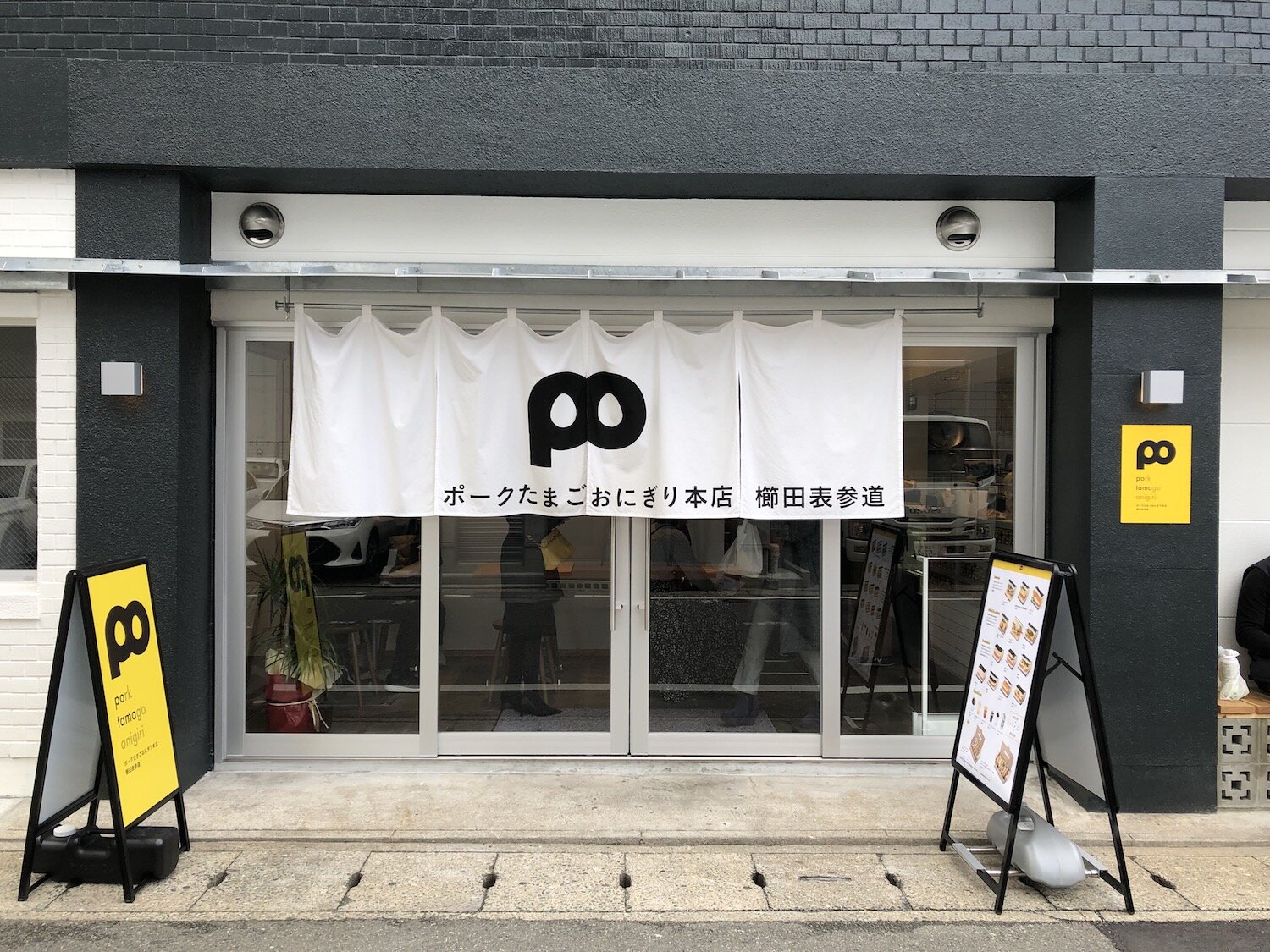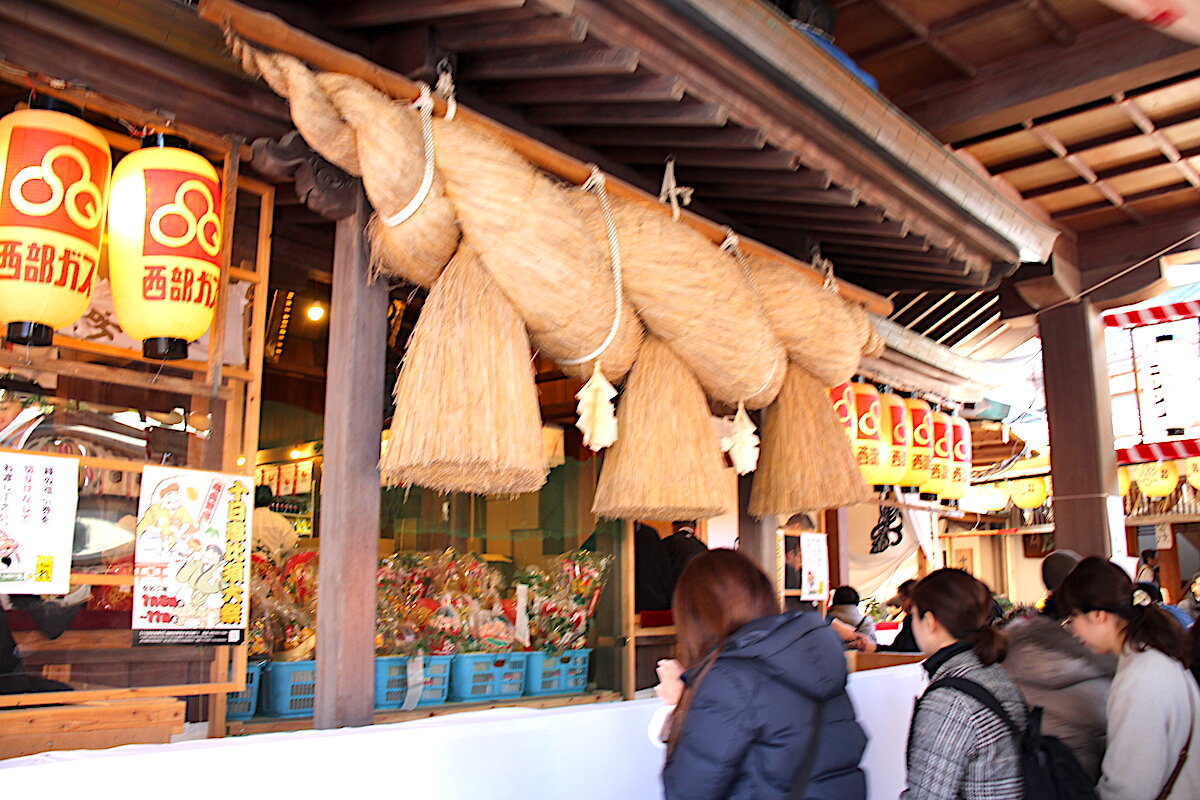Some 15 years ago, my wife and I visited this temple deep in the mountains of Itoshima. We were the only visitors at the time and felt honored when the Buddhist priest on duty invited us into the Holy of Holies or Apse, so to speak, to give us an up-close view of the 1000-handed Kannon statue. As we knelt before it, he burnt incense and chanted a lengthy sutra.
It had been a hard year, but at the time things were looking up. Being prayed over, I couldn’t help feeling that we were experiencing a spiritual spring cleaning that swept all of the negativity of the past several months away. And when it was finished and we stepped down from the we emerged that sacred space, I felt as if a heavy burden I had been carrying had become lighter.
As we left, toes frostbite from the cold, but hearts warmed and filled with hope, I suggested coming again the following year. And we did, year after year until our first son was born and child rearing became all-consuming.
In the meantime, Japan changed. The world changed. There was no SNS or smartphones when we first visited. There were few inbound tourists, too.
Now, I don’t want to sound like a crusty old fart, but I prefer how things were then—little known, quiet, special . . . holy. Thanks to COVID-19, the crowds that had beeb overwhelming so many places known for their tranquil and sublime beauty are once again worth visiting. (That was how I felt when we visited Dazaifu last week, too.)
We may have missed the peak of Sennyoji’s autumnal beauty this time by a few days. But I couldn’t have been happier to see the temple as I remembered it.
And as we left, I suggested once again that we try to come again next year.
















